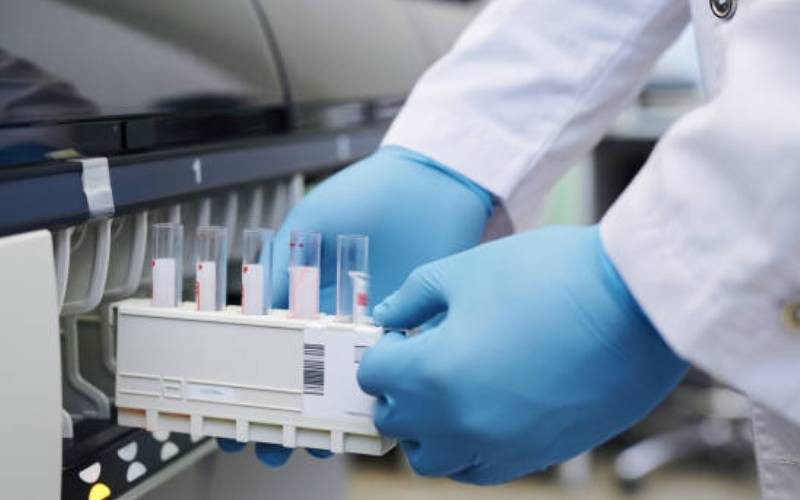Baby tortoises have been given paternity tests to find out whether sperm storage affects fertilisation.
Female Hermann's tortoises mate with multiple partners and can store sperm inside their bodies for years.
Scientists found that in egg clutches with multiple fathers, mating order did not affect males' fertilisation success.
Previous studies into similar species have found that a higher proportion of eggs are fertilised by the last mate.
"[This] 'last in first out' hypothesis was our main hypothesis," said research team member Dr Sara Fratini from the University of Florence.
She explained that, according to the mechanics of a tube such as those found in the females' reproductive system, the first substance to enter would be the last to come back out when emptied.
But in the study, published in Behavioral Ecology and Sociobiology, Dr Fratini and colleagues Giulia Cutuli, Dr Stefano Cannicci and Prof Marco Vannini did not find evidence to match this logic.
Instead the team's findings support the idea that sperm may become randomly mixed inside the female's oviduct, the passageway from the ovaries.
Sperm storage has been frequently reported in reptiles and birds, and is associated with a promiscuous mating system.
Chelonian species are known for their long-term sperm storage, and females are capable of storing viable sperm for three or four years in specialised tubes within their oviduct.
To better understand this system the team set up a series of planned matings between Hermann's tortoises (Testudo hermanni hermanni) and conducted paternity tests on tortoise hatchlings from 16 egg clutches.
They found that 46% of the clutches had been "multi-sired": fertilised by two or three males.
Of the clutches that were fertilised by three tortoises they reported that a "significant contribution" of previous years' partners was found in the distribution of sperm.
The results indicate that males that contribute more sperm fertilise a greater proportion of an egg clutch; a theory which has been found to be valid in some aquatic turtles.
But Dr Fratini said the findings could also suggest that females may actively optimise the use of stored sperm to use old sperm first - before it becomes unviable - and newly aquired sperm afterwards.
Stay informed. Subscribe to our newsletter
"At the present time, we cannot say which hypothesis is the real one," she told BBC Nature.
Sex-starved females?
The study also examined how a multi-partner mating system affected the tortoises' courtship behaviour.
The team found that male Hermann's tortoises' behaviour did not change depending on the order in which they mated with the female during a single reproduction cycle. Whether first or second to court a female, the males invested equally in activity.
However, when males were placed with females that had not mated for three years, their courtship attempts were more succesful with the female accepting being mounted and not trying to escape.
"For this we hypothesised that these females may have the 'perception' that their stored sperm is finishing," explained Dr Fratini. "And for this they are motivated to re-mate."
She commented that one possible reason for females storing sperm is that the density of wild Hermann's tortoise populations is "generally low".
"It is not easy to find a partner."
- BBC
 The Standard Group Plc is a
multi-media organization with investments in media platforms spanning newspaper
print operations, television, radio broadcasting, digital and online services. The
Standard Group is recognized as a leading multi-media house in Kenya with a key
influence in matters of national and international interest.
The Standard Group Plc is a
multi-media organization with investments in media platforms spanning newspaper
print operations, television, radio broadcasting, digital and online services. The
Standard Group is recognized as a leading multi-media house in Kenya with a key
influence in matters of national and international interest.
 The Standard Group Plc is a
multi-media organization with investments in media platforms spanning newspaper
print operations, television, radio broadcasting, digital and online services. The
Standard Group is recognized as a leading multi-media house in Kenya with a key
influence in matters of national and international interest.
The Standard Group Plc is a
multi-media organization with investments in media platforms spanning newspaper
print operations, television, radio broadcasting, digital and online services. The
Standard Group is recognized as a leading multi-media house in Kenya with a key
influence in matters of national and international interest.







